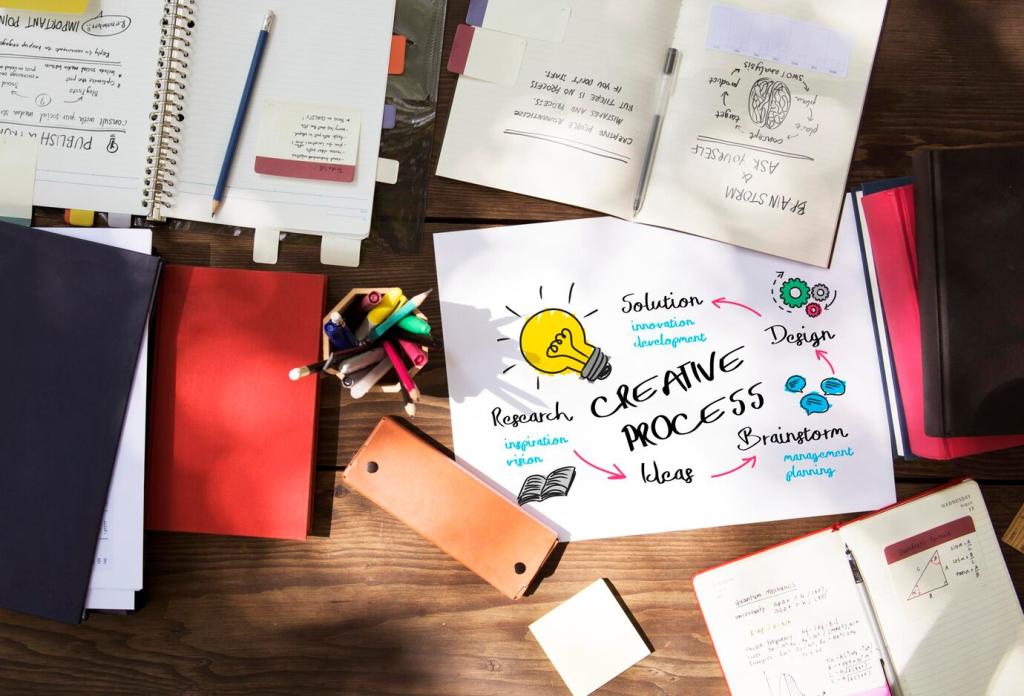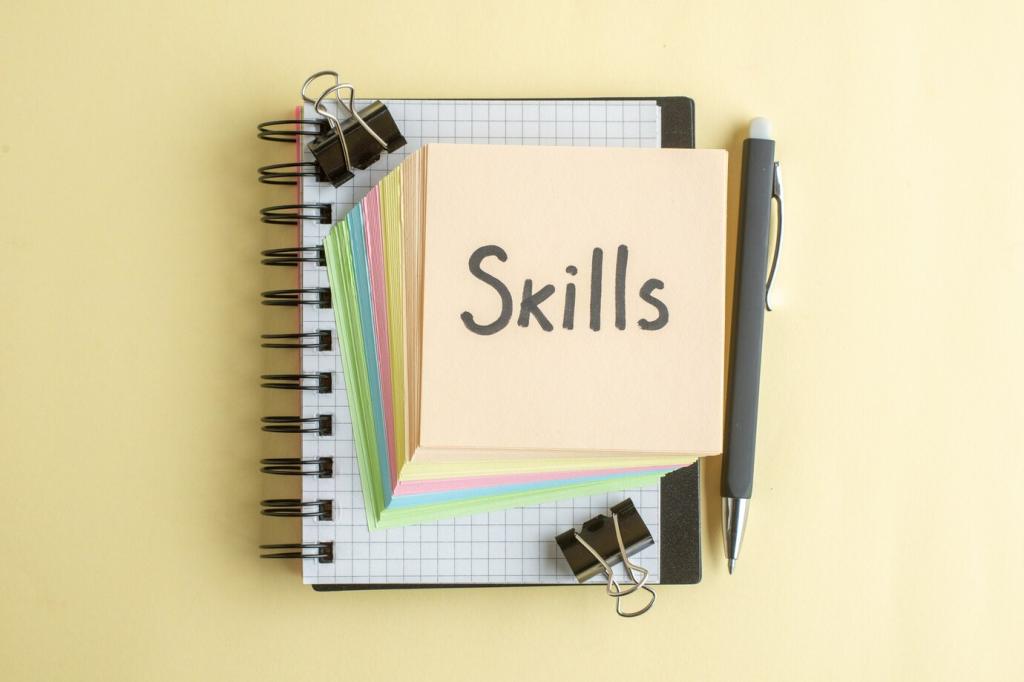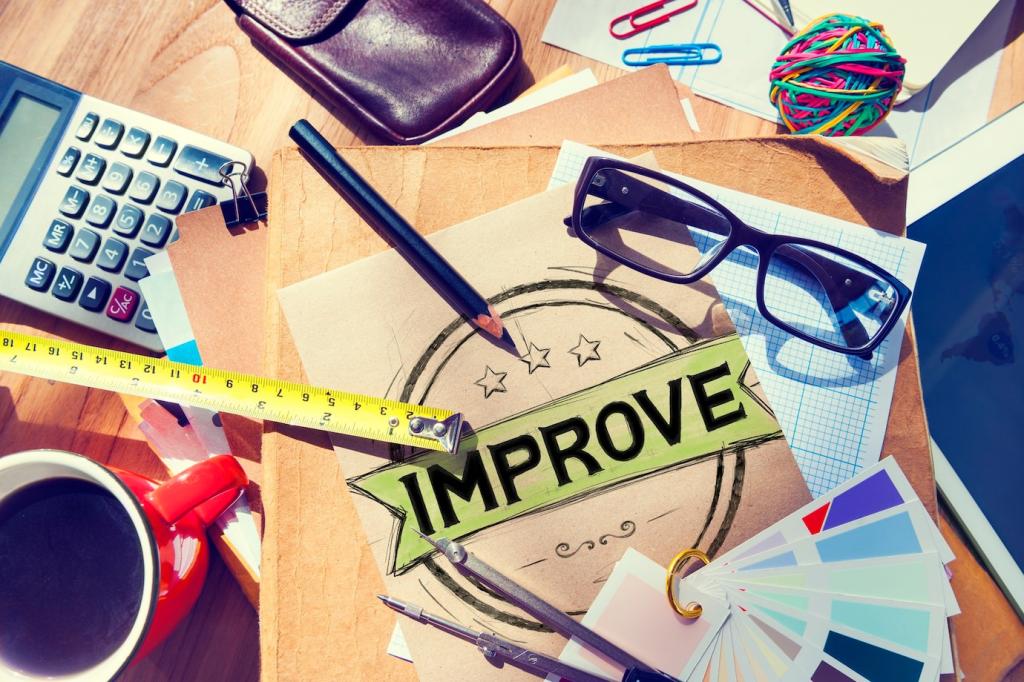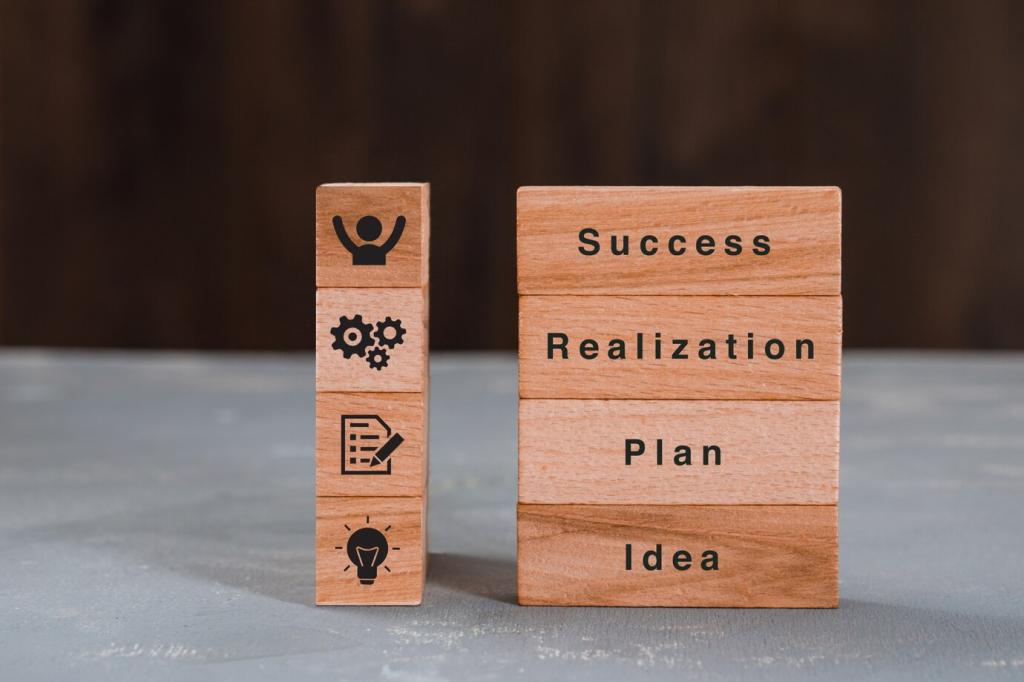Body Language and Presence: Say It Without Saying It
Stand square, breathe, deliver one idea—then move to a new spot to mark the next idea. Movement becomes punctuation, not fidgeting. This rhythm helps the audience map content spatially and keeps your energy focused rather than scattered.
Body Language and Presence: Say It Without Saying It
Hold brief, complete looks with individuals across the room, finishing a full sentence or thought before moving on. This creates genuine connection and calms you. If virtual, alternate camera lens gazes with gallery looks to include remote listeners.









